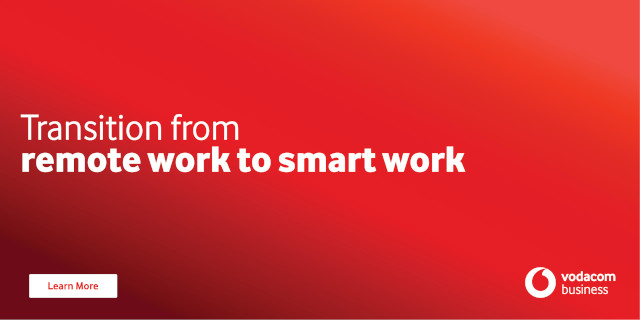No guarantees - this is why you need a microgrid
By Industry Contributor 20 March 2024 | Categories: news
News sponsored by Vodacom Transformation of Work:
By Nishandra Baijnath, Systems Architect, Power Systems, Anglophone Africa at Schneider Electric
If 2023 has taught us anything, is that the energy landscape is dynamic, robust, and versatile. South Africa and, in fact, the world are at historic juncture with business and consumers alike implementing alternative energy technologies to meet their daily demands.
One such option, that is undoubtedly gaining exciting traction, is the microgrid, offering a wide range of capabilities that benefit specific energy goals and resultant business strategies.
Microgrids have the potential to meet the needs of various industries and sectors. It allows businesses to generate electricity onsite, use it when needed and potentially sell excess power back to a relevant utility.
Importantly, microgrids allow businesses to address a major concern, the variability and downright unpredictable nature of energy costs. Onsite renewable energy resources, such as wind farms, solar panel arrays, and battery storage systems, take these variable costs out of the equation.
A microgrid could be a cost-effective alternative or addition to a business’ energy mix if current power purchase agreements (PPAs) cannot guarantee a competitive rate per kWh. Enterprises that establish their own on-site energy resources can become more self-reliant and less vulnerable to the unpredictable forces affecting energy costs.
Controlling demand and costs
As a practical example, local power suppliers categorise commercial buildings based on peak demands. If a business is identified as a tier-2 customer, with a potential 10-kW peak demand, the utility must be prepared to supply that amount.
This entails expanding the grid, adding substations, and laying more cables, all of which come at a cost. Unfortunately, businesses are often placed in a tariff bracket with a higher, allocated peak demand, irrespective of their actual loads, leading to higher monthly energy bills. This base cost for the allocated peak demand is in most cases more than the effective power consumed on their energy bill.
Here, microgrids can play in important role. When implementing a microgrid, service providers will work closely with customers to identify essential and non-critical loads. Microgrids allow businesses to implement a strategic load management plan which, in turn, reduces the peak demand.
For example, if your peak demand is six kilowatts due to simultaneous activation of multiple loads, the microgrid controller system can deliver a staged activation process. This means businesses can strategically schedule the activation and deactivation of loads, lowering overall energy costs.
Peak demand is a key component of an organisation’s allocated tariff, and by managing it effectively, businesses can position themselves in a lower-cost bracket.
Microgrids at work
Bimbo Bakeries USA, a national food producer, plans to switch on microgrids - built and operated by Schneider Electric - at six bakeries in California. The project is part of Bimbo’s strategy to cut its carbon emissions in half by 2030 and achieve net-zero carbon emissions by 2050.
The goal is that microgrids will supply 25 percent of energy needs and reduce carbon emissions by 25 percent at each site. In addition, it will allow Bimbo to convert natural gas ovens to electricity, a major step in decarbonisation.
A major consideration was to lessen the strain on local utilities which are finding it harder to meet electricity demand. By integrating the microgrids which include solar arrays and energy storage, Bimbo will generate the additional power load and create a more sustainable energy mix than the local utilities can provide.
Says Bimbo: “Utility rates in California keep rising, and there are many incentive programmes to help get projects like this off the ground. With that combination of factors, microgrids can be profitable and also improve the communities where we live and work.”
Most Read Articles

Have Your Say
What new tech or developments are you most anticipating this year?




